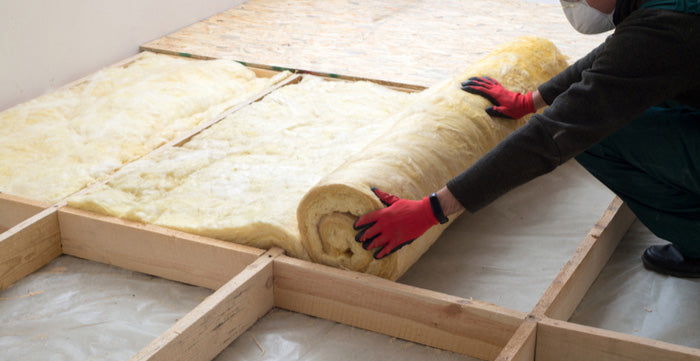
How To Insulate A Shed
Date Published: July 13th, 2020
There are many benefits to insulating a shed, especially if you plan on using it during colder months. Insulation can help keep warmth in as well as some moisture out, and it’s especially great if you’re planning on wiring electricity into the structure for added wire protection against the elements. Below is our guide on how to insulate a shed.
The Right Shed
If you do not have a shed already, consider opting for one with tongue and groove cladding which is great for external help with the elements. One of our more popular options is our budget-friendly wooden tool shed, which costs under £300 and is treated with red cedar dip.

Wooden Tool Shed - Apex J - Price: £279
Types Of Insulation
Depending on your budget, you can insulate your shed in a number of ways. If you’re looking for a quick fix, bubble wrap, insulation board or polythene can be used on the framing of your shed. For more advanced insulation, opt for mineral wool such as rockwool, or glass fibre wool. If you do end up using the latter, please ensure that you wear a mask and gloves along with protective clothing.
How To Insulate A Shed
First, you’ll need to lay your insulation against the inside of your walls. Once you have secured the insulation with staples, you can layer sheets of MDF or plywood on top to provide an extra layer of insulation. Plasterboard can be used in the place of MDF, however, it will be too heavy to use on ceilings and it can be dented easily by tools or bikes etc.
If your budget allows you to, lay a material that can work as a breathable membrane in between the shed walls and your insulation. This will protect your insulation material from damp. If you do end up using membrane, ensure that there’s a gap between it and the shed wall to provide circulation.
Insulating Shed Floors
When it comes to insulating the shed floor, simply laying an old carpet over the floor between the shed structure and a waterproof membrane will work. If your budget allows it, you can purchase underfloor ventilation from a number of UK DIY outlets.
Ensure Draughts Are Taken Care Of
Although insulation is great for keeping your shed warm and cosy during the winter months, a lot of that heat can be lost through draughty windows and door frames. In sheds, draughts can be taken care of with rubber strips which can be attached on the inside of the door frame and window frames. Again, these can be purchased from most DIY outlets. Alternatively, shop around for window and door draught excluders, or simply use weather-resistant tape on obvious areas where gaps can be seen.